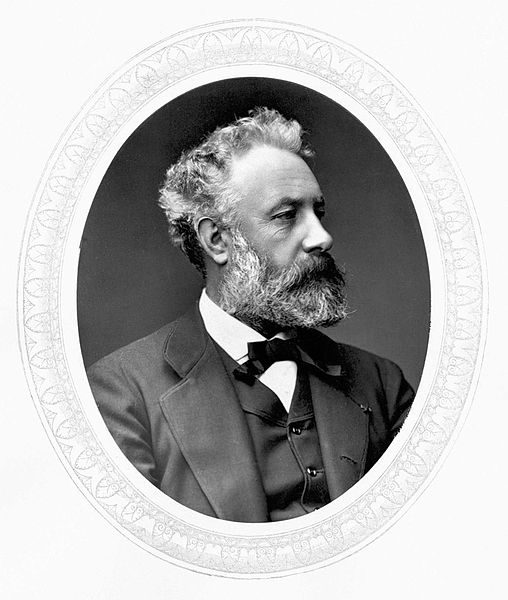
Figure 1 – The great French science fiction author Jules Verne. Image from the Wikimediacommons and in the public domain in the United States. Original photograph from from the the 1876–1883 “Men of Mark” series by the photographers Lock & Whitfield
A few days ago I blogged about images of the building of New York City’s new Second Avenue Subway and mused about American boyhood and big trucks. So with all this fresh in my mind, how could I not react to a portfolio of photographs by Peter Gedei entitled “Journey to the Center of the Earth?” These pictures are gorgeous and my reaction visceral: mostly palpitations, anxiety, panic, and finally spiritual.
The title, of course, conjures up images of Jules Verne‘s “Voyage au centre de la Terre.” For my generation there is the 1959 movie “Journey to the Center of the Earth” with Pat Boone, Diane Baker, and the great James Mason as Sir Oliver S. Lindenbrook. “Here’s to the professor of geology…” And as a physicist, how can I resist one of the worst science fiction movies ever, “The Core,” (2003) distinguishable that for once the physicist, Aaron Eckhart, gets the beautiful girl, Hilary Swank? There is justice in the world after all!
Like the Second Avenue subway photographs, Gedei’s images share the problem of how to create a sense of wonderful vastness in a dark often cramped and wet place. The answer is creative and spectacular lighting and using the human figure to create a sense of size perspective. Note how in many of these pictures the human figures are small but brilliantly spotlighted. Then there are the images of spelunkers making their way through tight passageways into a seeming endless abyss. This conjures up the primitive mythic theme of the hero’s journey through magic tunnels, where great treasure is to be found guarded by terrible creatures and demons that, like fear, must be overcome. The Bestazovca Cave is where the first Slovenian cave drawings were found. This raises a profound sense of human connection, and is humbling when I think that primitive men entered these caves tens of thousands of years ago, with only torches to guide them, for the purpose of gaining spiritual enlightenment in the darkness. It is only then that I truly appreciate the meaning of Pete Gedei’s journey and these images.
